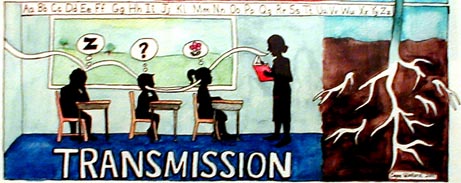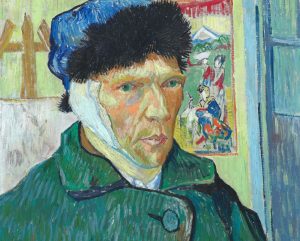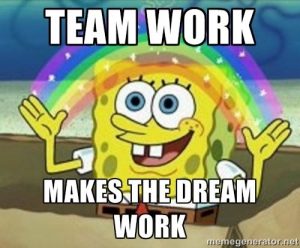According to Friere, the “banking” concept of education is when the student only knows how to retrieve, file, and store away certain information given to them. Students only know how to memorize the information given to them, but don’t actually take the time to understand the material provided. Thus, by “banking”, Friere means to take and put away, just like you would do at a bank with your money. No further process needed. In the system of education, teachers assume the position of the all knowing, while considering others to know nothing. This highly disempowers the students by minimizing their “creative power” and taking their ability to solve problems on their own. With this, ignorance is projected onto others, causing the problem of oppression. These oppressors don’t want to see the world transformed with new ideas nor do they want to show the true nature of the world we live in. Friere states a list of rules in which the banking model incorporates. Some of these “rules” are that the teacher knows everything and the student knows nothing. Or the teacher chooses and enforces his choice, and the students comply. If this doesn’t scream oppression, then what does? Students are not being taught material needed for the real world, but rather useless information is stored into their brains that will be forgotten later. It is a means to an end.
Throughout my years of schooling, I had many teachers who were perfect examples of the banking model in modern education. There were teachers who had absolutely no interest in the topics of which they were teaching, and yet criticized the students for not doing well on assignments. How can students learn properly if the teachers themselves don’t want to be there? I have also had classes in which I had to learn the information given just for the sake of memorizing. It was a constant cycle of memorization without actual understanding. This was due to the need of passing examinations and getting good grades to please my parents. I barely even remember what I learned in my Pre-Calculus math class in high school, or my physics class. I even remember saying once, that after I took the exam, left the room, and then automatically forgot everything that I learned. When students are expected to know nothing in a subject, it becomes frusturating to only hear the words of the teacher and absolutely no input from the rest of the class. Ideas should be shared so that minds could be opened. However, an upside to the banking model would be that as we grow older, we start to question. As years go by, our ability to question the world around us arises, and we become more knowledgable than ever before. This allows new and innovative ideas to form along with new ways in solving different problens with different approaches. Also, the banking model allows for information provided to us that we didn’t even know existed or needed.






